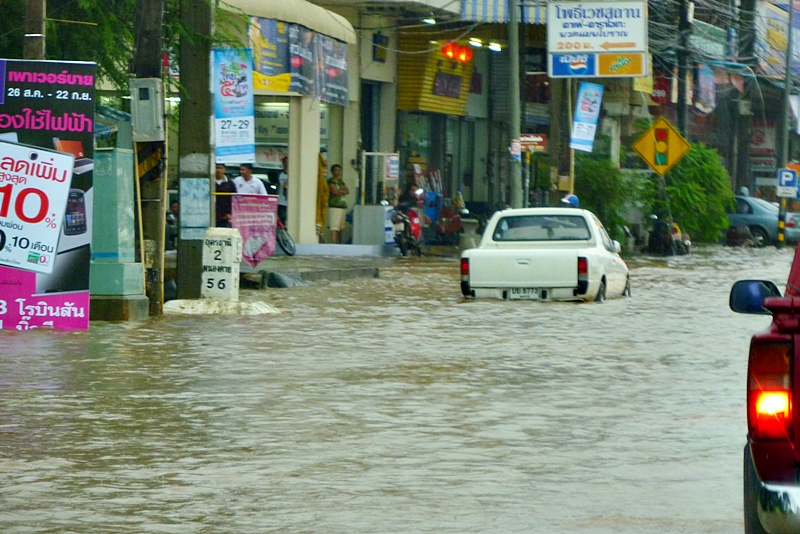In 1206 A.D., a single Mongolian state was formed based on the nomadic tribes under the leadership of Genghis Khan the ultimate conqueror who was able to possessed nearly all of Asia and European Russia and sent his troops to as far as the center of Europe and Southeast Asia.Although Mongol's alliances operated their political power over the conquered territories, their authority deteriorated suddenly after the Mongol was overthrown by China in 1368 A.D. Later in 1691 A.D., Mongolia was under controlled by the Manchus (a tribal group who conquered China in 1644 A.D.), they were given trust and swore the word of allegiance to the Manchu emperor. As Manchu's authority in China waned, and as Russia and japan confronted each other during the WWI, Russia gave arms and diplomatic support to nationalists among the Mongol religious leaders and nobles. The Mongols accepted Russian aid and proclaimed their independence of Chinese rule in 1911, shortly after a successful Chinese revolt against the Manchus. In the early 1960s, Mongolia attempted to maintain a neutral position a midst increasingly contentious Sino-Soviet polemics; this orientation changed in the middle of the decade.


Nowadays's nomadic mongol is still moving after


